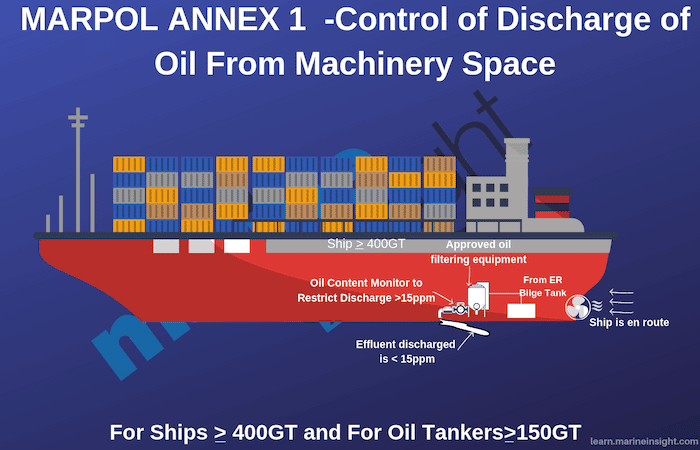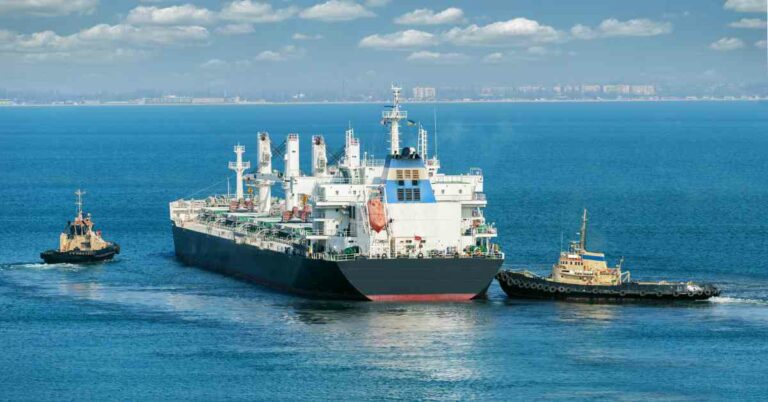Understanding International Waters: Boundaries, Jurisdiction And Legal Implications
The seas and oceans are divided into distinct maritime zones, each with its own legal framework and implications.

The seas and oceans are divided into distinct maritime zones, each with its own legal framework and implications.

The concept of nearshoring has gained considerable popularity in logistics and supply chain circles over the past few years.

The International Safety Management Code is one of the aforementioned required regulations in the marine industry and a very vital component of the SOLAS Convention (Safety of Life at Sea). Find out more about the ISM code inside the article.

In this article, we will understand the differences between spot and contract rates, the correlation between the two, the circumstances in which these rates prevail, and how both Carriers and Shippers attempt to balance cargo carried on spot and contract rates to their maximum advantage.

Port congestion is overcrowding at a seaport that gives rise to all kinds of problems for stakeholders such as the shipper, carrier, consignee, as well as the port’s administration. The cause for overcrowding could be one or several.

The main objective of MARPOL Annex 1 is to protect the marine environment through the complete elimination of pollution by oil at sea and other damaging elements and to lessen the chances of accidental discharges of any such elements.

GDP Multiplier Ratio expresses the relationship between the growth rate of a given country’s GDP and the rate of growth of its containerised trade.

Do you know the difference between direct shipments and trans-shipments? Do you know about the top transhipment ports of the world and the upcoming ones? Read the article to know!

What happens when a large tanker or ship breaks down and is not able to limp to the nearest port? Read the article to find out about Maritime Towage And Salvage.
"*" indicates required fields